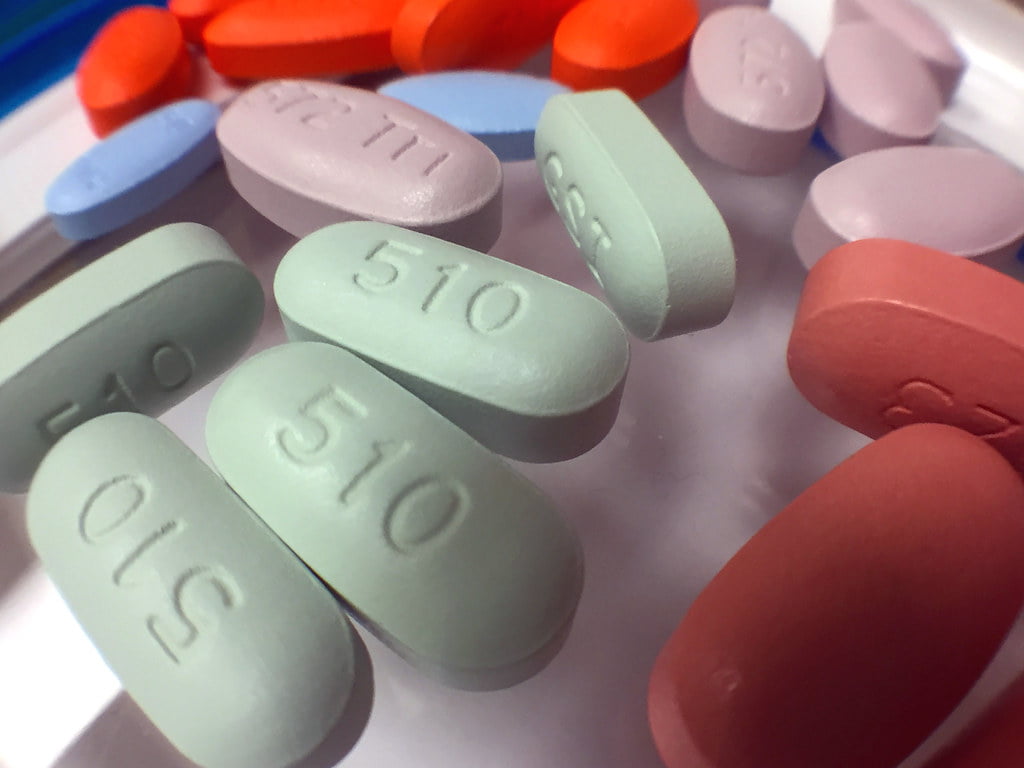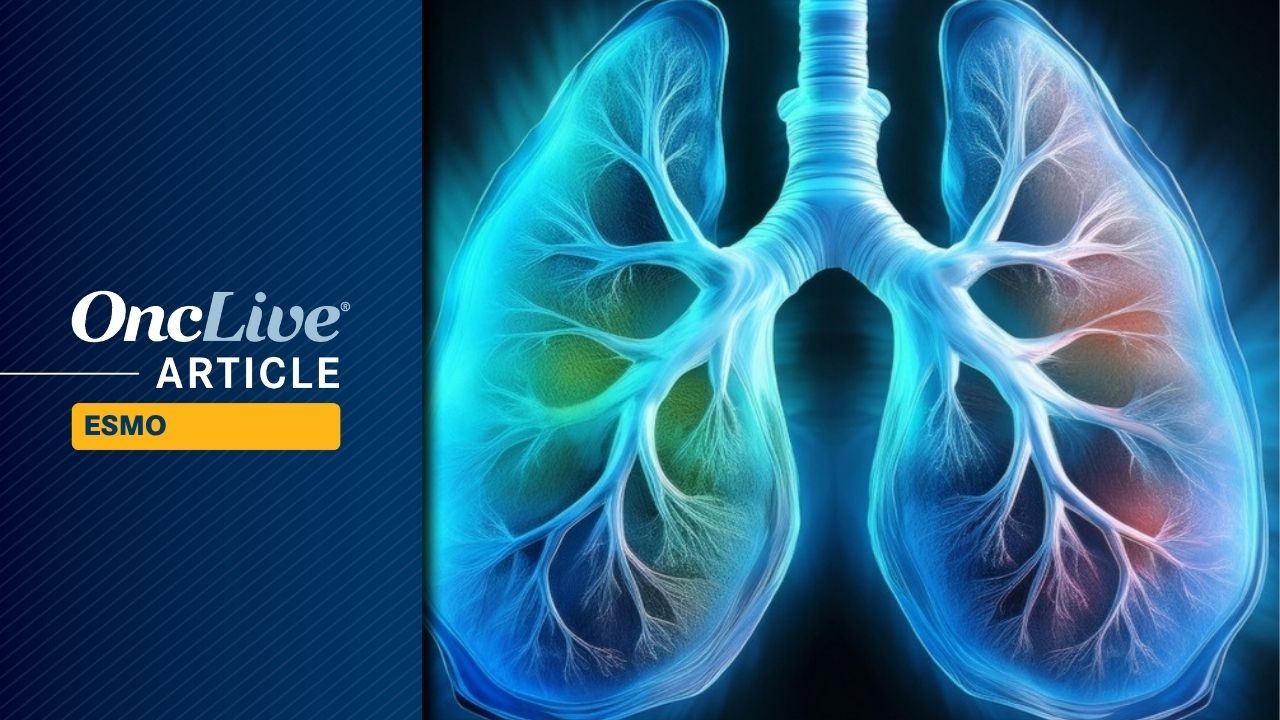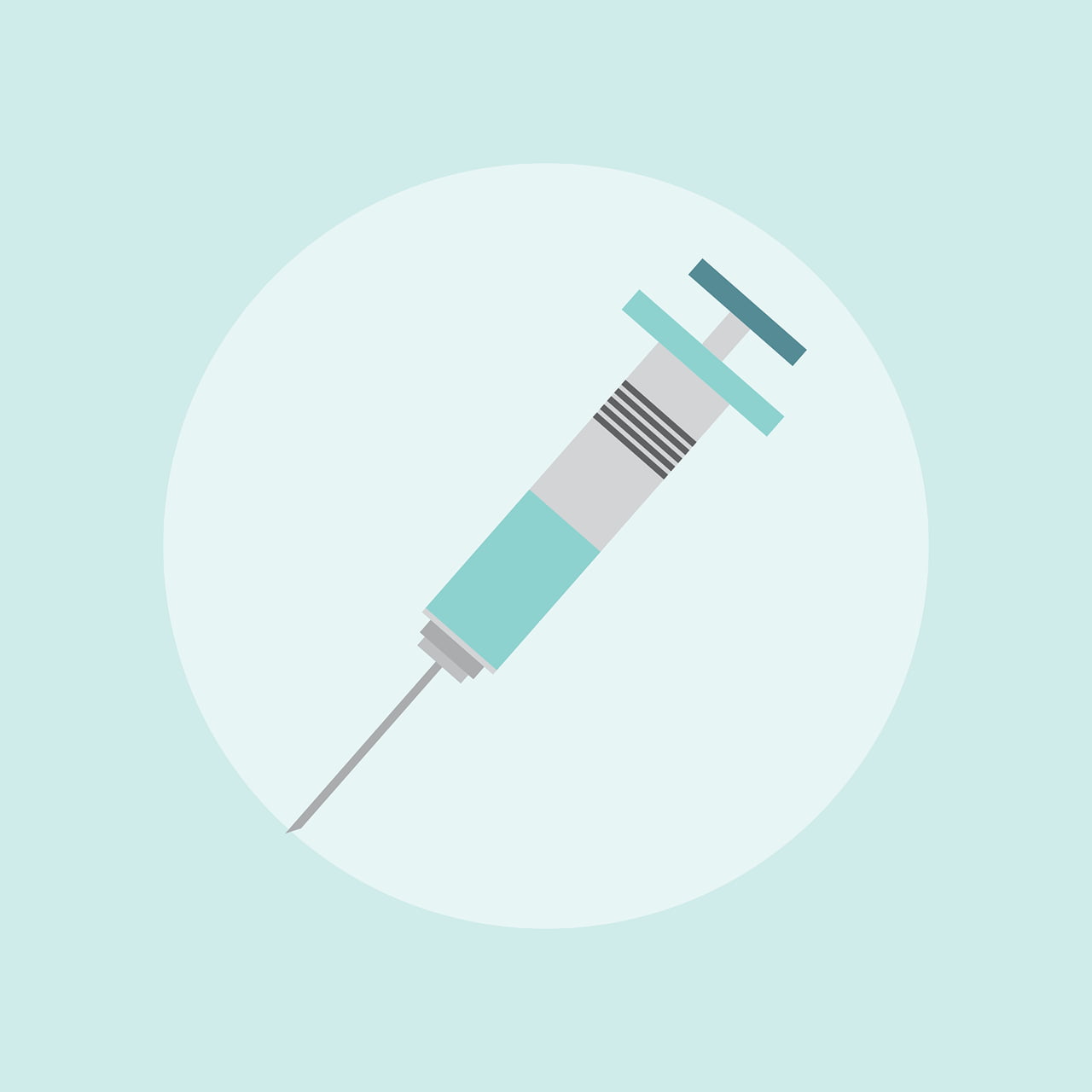Welcome to This Week in Tennis, where we catch up on all the latest and biggest stories from the ATP and WTA Tours.
Medvedev Breaks 882-Day Drought
Daniil Medvedev defeated Corentin Moutet 7-5, 4-6, 6-3 in the Almaty Open final to capture his first…

Welcome to This Week in Tennis, where we catch up on all the latest and biggest stories from the ATP and WTA Tours.
Daniil Medvedev defeated Corentin Moutet 7-5, 4-6, 6-3 in the Almaty Open final to capture his first…
ULTIMATE ENDGAME #1
Written by DENIZ CAMP
Art by TERRY DODSON & JONAS SCHARF
Variant Cover by RYAN STEGMAN
On Sale 12/31
The Ultimate Universe will leave its mark on the main Marvel Universe in the way of “Origin Boxes,” the very devices the Maker…
This request seems a bit unusual, so we need to confirm that you’re human. Please press and hold the button until it turns completely green. Thank you for your cooperation!

In new research, paleoanthropologists from the United States and Canada analyzed the morphology of a hominin talus (large bone in the ankle that joins with the tibia of the leg and the calcaneus of the foot) attributed to Ardipithecus ramidus,…

PARIS — “This is a feat driven by Jean Nouvel and his ateliers,” said Chris Dercon, managing director of the Fondation Cartier pour l’Art Contemporain, at the unveiling of the art institution’s long-awaited new home designed by the…

Looking to upgrade your roster of streaming services without breaking the bank? Apple TV and Peacock just launched a new streaming bundle that starts at just $14.99 per month.

The combination HIV treatment bictegravir/emtricitabine/tenofovir alafenamide (B/F/TAF; Biktarvy, Gilead) continues to be effective and well-tolerated five years after starting the regimen, according to new data from the BICSTaR trial presented at EACS 2025, in Paris (abstract MeP05.3).
Positive quality-of-life measures also were reported by study participants five years out.
“The five-year outcomes presented at EACS 2025 are consistent with the results observed from multiple phase 3 clinical trials evaluating the treatment responses of people with HIV on Biktarvy,” Gilead spokesperson Brian Plummer told Infectious Disease Special Edition. “In the group of BICSTaR study participants with 5 years of real-world follow-up who were enrolled in Canada, France, and Germany, Biktarvy continued to demonstrate sustained viral suppression, a favorable safety and tolerability profile, and a high barrier to resistance. These benefits were seen in both treatment-naive and treatment-experienced people with HIV who have a high burden of comorbidities.”
A large portion of the study population had comorbidities: 63.6% of treatment-naive participants and 84.1% of treatment-experienced participants. Even so, at five years, 97.9% (47/48) of treatment-naive and 96.8% (306/316) of -experienced participants were virologically suppressed, and in both groups, the median CD4+ cell count and CD4+/CD8+ ratio increased from baseline.
Using the HIV Symptom Index (HIV-SI) and the Short Form Health Survey mental and physical component summary scores (M/PCS) and the HIV Treatment Satisfaction Questionnaire (HIVTSQ), the investigators found the quality-of-life measures remained steady through the study period. At five years, HIV-SI overall bothersome symptom count stayed low. MCS and PCS scores improved from baseline; however, treatment experienced participants saw a small decrease in PCS scores. Finally, HIVTSQ scores were high.
The investigators also reported that changes in metabolic and renal parameters were small.
Drug-related adverse events occurred in 18.9% (25/132) of naive participants and 14.6% (101/691) of experienced participants, which correlated with regimen discontinuation in 5.3% and 7.7%, respectively. However, the investigators did not find any treatment-emergent resistance.
“The results underscore the importance of patient-reported outcomes as a person-centered approach to HIV research and can help us to better understand the impact on health-related quality of life and specifically, mental health status of people with HIV,” Mr. Plummer told IDSE. “This could help inform treatment strategies for these groups.”
By Meaghan Lee Callaghan
[Mr. Plummer and several of the study investigators are employees of Gilead, the maker of Biktarvy.]
Source : Infectious Disease Special Edition
This request seems a bit unusual, so we need to confirm that you’re human. Please press and hold the button until it turns completely green. Thank you for your cooperation!

Adjuvant treatment with alectinib (Alecensa) elicited a 4-year overall survival (OS) rate of 98.4% for patients with resected, ALK-positive, early stage non–small cell lung cancer (NSCLC), according to an updated analysis of the phase 3 ALINA study (NCT03456076) presented at the
At a median of 48 months of follow-up in the alectinib arm (n = 130) and 47.4 months in the chemotherapy arm (n = 127), the 4-year OS rate was 92.4% in the comparator chemotherapy group; however, 81.7% of patients in this arm had received a subsequent ALK inhibitor after recurrence, including 58.3% who received alectinib. The hazard ratio for OS between the 2 arms was 0.40 (95% CI, 0.12-1.32). The 4-year disease-free survival (DFS) rate was 75.5% with alectinib compared with 47.0% with chemotherapy, and the median DFS was not evaluable (NE; 95% CI, NE-NE) vs 41.4 months (95% CI, 30.6-NE), representing a 65% reduction in the risk of disease recurrence or death (HR, 0.35; 95% CI, 0.23-0.54).
“This slide may give you impression that you are in the wrong room. No, this is not a breast cancer session,” lead investigator Rafal Dziadziuszko, MD, PhD, from the Medical University of Gdansk in Poland, joked when showing the slide for OS. “This is a lung cancer session, which we hoped for, for so many years. This is due to the activity of alectinib, and also activity of ALK inhibitors in post-chemotherapy setting in those patients who relapsed.”
In the ALINA study, patients were randomly assigned 1:1 to receive adjuvant alectinib or platinum-based chemotherapy following the surgical resection of their ALK-positive NSCLC. Alectinib was administered twice daily at 600 mg for 2 years, and chemotherapy was given every 3 weeks for 4 cycles.
Investigator-assessed DFS in the intention-to-treat population (comprising patients with stage IB to IIIA disease), as well as the subgroup of patients with stage II to IIIA disease, served as the primary end point. Central nervous system (CNS) DFS and OS were secondary end points.
Baseline patient characteristics were balanced between the arms, with patients being slightly younger than in other studies of lung cancer. In the alectinib group, 79% of patients were below the age of 65, and 65% were never smokers. The ECOG performance status was 0 (55%) and 1 (45%), and the most common stage at diagnosis was III (53%). N2 status was seen in nearly half of patients (49%), and most had nonsquamous histology (95%). Lobectomy was the most utilized surgical procedure (97%).
Following recurrence, 24 of 31 patients in the alectinib arm (77.4%) and 55 of 60 in the chemotherapy arm (91.7%) received a subsequent therapy. For the chemotherapy group, 81.7% of these treatments were ALK inhibitors, with 61.3% of patients receiving a subsequent ALK inhibitor in the alectinib arm. For alectinib, 29% of patients received subsequent chemotherapy. Radiotherapy was used for 25.8% of those in the alectinib arm following recurrence and for 16.7% in the chemotherapy arm.
For patients specifically with stage II through IIIA disease, the DFS rate at 4 years was 74.5% with alectinib compared with 46.3% with chemotherapy; the median DFS was NE (95% CI, 59.6-NE) and 41.4 months (95% CI, 30.6-67.2), respectively. (HR, 0.36; 95% CI, 0.23-0.56). DFS favored alectinib across all subgroups, including for stages, nodal status, and race, Dziadziuszko noted.
The CNS DFS was also improved with alectinib in the ITT population, with a 63% reduction in the risk of this event occurring with the ALK inhibitor (HR, 0.37; 95% CI. 0.19-0.74). The 4-year CNS DFS rate was 90.4% with alectinib compared with 76.1% with chemotherapy.
“This is an important end point, since ALK-positive disease has a predominance for brain dissemination,” said Dziadziuszko.
Adverse effects were similar to prior assessments of the study, said Dziadziuszko. In the label, the most common adverse reactions were hepatotoxicity, constipation, myalgia, COVID-19, fatigue, rash, and cough.2
“Alectinib continues to demonstrate a robust and durable disease-free survival benefit over chemotherapy, with an HR that is consistently below 0.40, and also benefiting the reduction of risk of CNS recurrence,” Marcello Tiseo, MD, PhD, Department of Medicine and Surgery at the University of Parma in Italy, said during a discussion of the results. “OS data are still immature, but the magnitude and durability of DFS improvement, coupled with a well-tolerated safety profile, reinforce alectinib as a standard of care for resected ALK-positive NSCLC.”
In reference to the OS data, Tiseo proposed more work should be done to examine the duration of therapy, as many of the progression events occurred only after treatment was stopped at 2 years. “The 4-year OS [rate] of [98.4]% and in particular the trend toward improvement in OS despite [most] patients receiving a TKI at recurrence suggests the possibility of curing these patients,” he said.
Based on an earlier assessment of the ALINA trial,

At a Glance